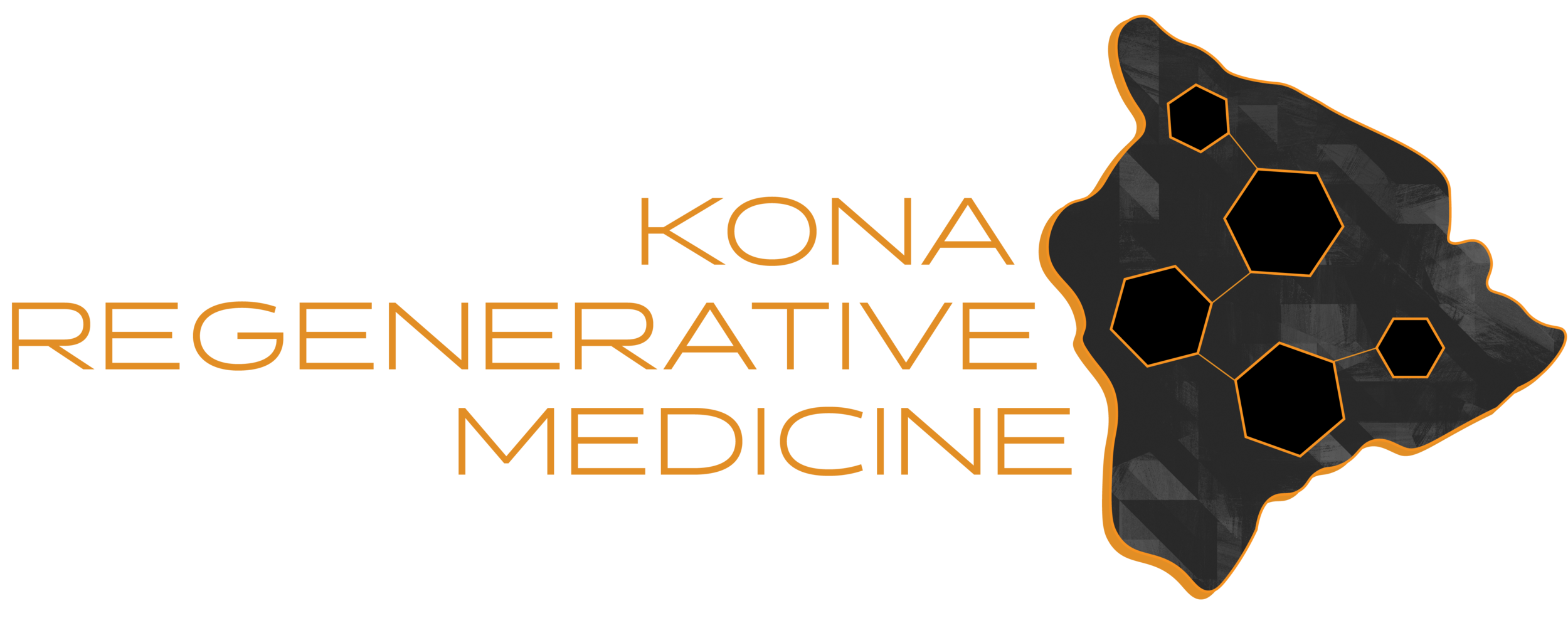Do you suffer from chronic pain?
Pain can drastically affect functional movement preventing your body to perform normal physical tasks (that we often take for granted). After we get injured we quickly realize how important these functional movements are. Most of our patients come to us with chronic pain and dysfunction and a large majority of these injuries are related to chronic overuse syndrome through repetitive movements. For example low back pain is often associated with chronic destabilization of the core from sitting at a desk all day.
Chronic injuries typically present with an aching sensation that worsens over time. When the physical structures can no longer tolerate the chronic force applied, increased sensations of pain and/or dysfunction occurs. Patients who’ve suffered acute injuries in the past may also develop the sensation of chronic pain to the surrounding structures that were affected.
The Healthcare Runaround
People typically visit their primary care doctors to address their medical concerns of pain, dysfunction or disease. The primary care physician(PCP) is generally the gatekeeper to the rest of the medical system, although PAs and NPs are also filling these positions in primary care. Patients with chronic pain or non-traumatic injuries are generally examined by clinicians with limited training in the field of kinesiology (the study of human movement) and physical medicine.
These medical professionals follow standards of care (think of this like a formula) that funnels patients through a triage system. Due to time constraints and bureaucracy most medical professionals follow these standards of care which may include prescribing medications like NSAIDs for pain/discomfort. Since most chronic injuries are not the result of traumatic forces applied in short periods of time (acute trauma), imaging is rarely ordered.
Chronic injuries are commonly treated with medications first, then rehabilitation. As the pain and dysfunction persists, patients go back to their PCP who may order imaging, usually plain films or X-rays (since insurance won’t approve of an MRI without them). The PCP may offer a repeat of medications, more rehab or they may suggest corticosteroid injections. If the patient presses hard enough they may get a direct referral to a specialist who will perform more physical exams, order more advanced imaging (MRI/CT/US) and/or suggest possible surgical intervention.
The medical system simply does not understand nor has the time to spend with patients to correctly address the root cause of the patients troubles.
Many people dissatisfied with their treatment options may seek out chiropractic care, massage or rehabilitative therapy to address their problems. While some patients find short term relief, chronic pain has pain generator origins that need to be addressed.
Our patients recognize healing is a process. Chronic injuries and pain have complexities that are challenging for most medical professionals to address in the limited time they have. We analyze our patient’s whole body so we can make the correct diagnosis and provide an accurate treatment plan for sustained health and tissue strength.
Chronic pain is commonly the result of musculoskeletal imbalances that lead to joint, ligament, tendon and muscle dysfunction. To solve the root problem of a patient’s chronic pain pattern a comprehensive analysis of their anatomy and physiology is necessary. Once we understand the mechanism of injury we can more effectively treat the root of the injury as well as teach the patient how to prevent the onset of chronic pain.
Do you have an acute injury?
Acute injuries are commonly associated with increased forces applied instantly. This increase in force dramatically disturbs tissue strength significantly enough to fracture bone, rupture tendons, ligaments and tear muscles. The big difference between chronic and acute injuries is the FORCE.
Acute injuries vary from very serious and life threatening to simple, albeit painful, like a stubbed toe on a piece of furniture. Serious and life threatening injuries are treated very well by the conventional model. Surgery, casting, immobilization and pain management are necessary treatments following major acute injuries. Patients who need/receive surgery commonly receive rehabilitation, myofascial release and other strengthening exercises.
As the body launches its own healing crisis to repair the damaged tissues, regenerative sports medicine plays a pivotal role in restoring the structural components that have incurred damaged. Through regenerative injection therapy like PRP, stem cells and exosomes we help to aid the body in the complete recovery process. Our patients both in professional athletics and professional life take full advantage of our services to get them back to their livelihoods faster and stronger than the conventional model alone.

